Why human rights?
Human rights are the basic rights and freedoms that belong to every person in the world. They are inherent to all human beings, regardless of race, sex, nationality, ethnicity, language, religion, or any other status ( → OHCHR).
Human rights are based on three core principles:
→Equality and Non-discrimination: All individuals are equal as human beings by virtue of the inherent dignity of each human person, making human rights universal, indivisible, interdependent, and inter-related.
→Participation and Inclusion: Every person and all peoples are entitled to active, free and meaningful participation in, contribution to, and enjoyment of civil, economic, social, cultural and political development in which human rights and fundamental freedoms can be realized.
→Accountability and Rule of Law: Via international and national law, states and other duty-bearers are answerable for the observance of human rights, allowing for a normative approach and provisions for remedies in the case of human rights violations.

